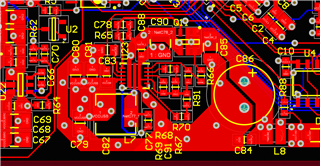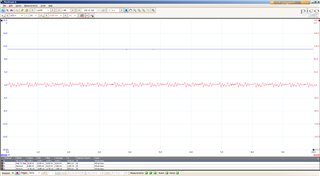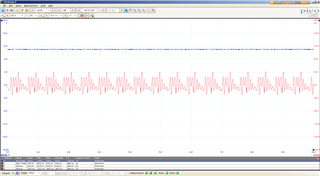Hello, I have created 5->11V boost converter using TPS61178. I used this chip previously w/o any problem. This is what I got:
EN=HiZ: no input current at all (few mAmps) - doesn't matter on load (strange, isn't ? )
EN=3.3V: 160mA - no load condition
EN=3.3V: 5150mA with Iz=1.52A (Rz=high power wire wound resistor)
I have attached schematics, PCB and scope plot for 0mA and 1.5A (blue=DC output,red=AC output). Power source - 30V/10A low noise non-switched power supply (Vout=5.0V)
PCB details: 6 layers, under TOP layer is solid ground. Nothing special.
Voltage/ripple seems to be OK (except some ringing ?). L8 is physically depopulated. Input voltage physically delivered to solid VCCUSB top solid.
Any idea what could be wrong ? Thank you !
L.






